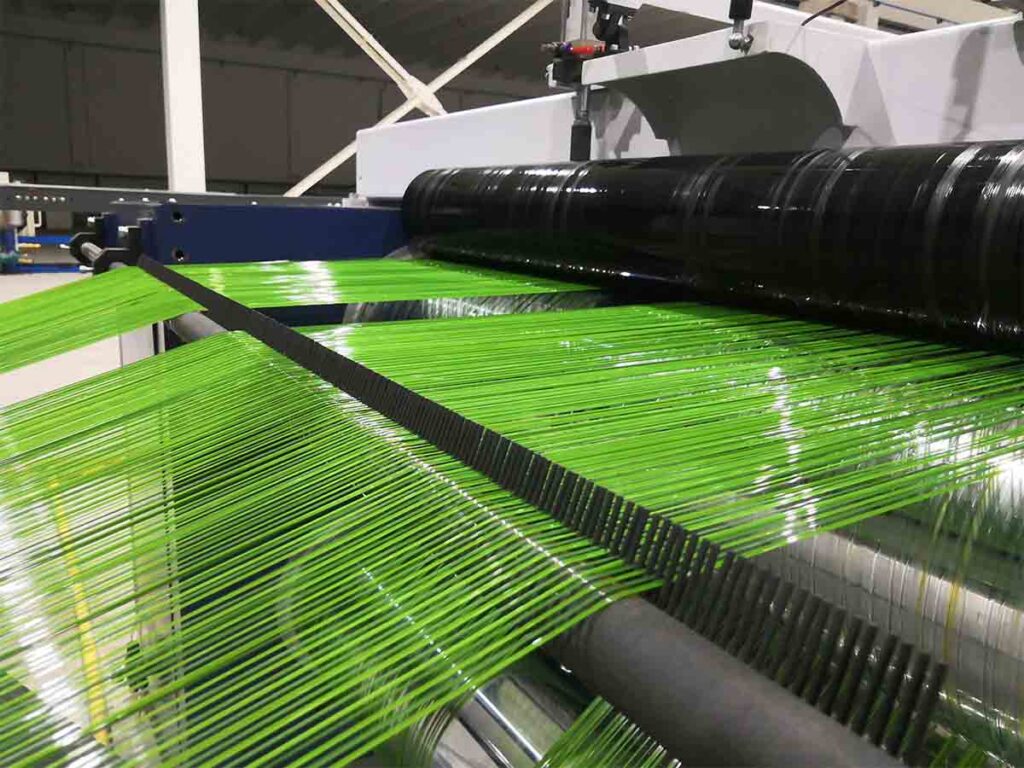
Once a novelty, artificial grass, often referred to as synthetic turf, has become a staple in spaces ranging from athletic fields to modern outdoor designs globally. But what is artificial grass exactly? This ultimate guide aims to demystify artificial grass, explaining why it has evolved into an increasingly popular choice for many.
A Deeper Look Into Artificial Grass: What Is It?
Artificial grass is an innovative surface crafted from synthetic fibers to replicate natural grass’s aesthetics and tactile appeal. This technology was first introduced in the 1960s at the Houston Astrodome, a renowned indoor sports stadium in Texas. Since its debut, artificial grass’s applications have proliferated, reaching far beyond sports arenas. Presently, it adds a touch of green to backyards, public parks, playgrounds, golf courses, and even indoor environments.
Unveiling the Advantages of Artificial Grass
Artificial grass provides a plethora of benefits over its natural counterpart. Its low-maintenance nature eliminates the need for watering, mowing, or fertilizing, positioning it as an environmentally-conscious and cost-effective alternative. Additionally, it promises a year-round vibrant green hue, irrespective of weather conditions, coupled with durability capable of enduring heavy traffic. Furthermore, being allergy-free and pet-friendly, artificial grass is an excellent option for households and pet owners.
The Anatomy of Artificial Grass: How Is It Constructed?
Artificial grass is an intricate combination of several layers. The topmost layer comprises synthetic fibers, customizable to mimic various types of natural grass. Beneath the synthetic layer lies a backing material that anchors the grass blades securely in place. Certain artificial grass systems incorporate an infill layer, such as sand or rubber, to assist in the vertical orientation of the grass blades and provide additional cushioning.
The Spectrum of Artificial Grass: Different Types for Different Uses
Artificial grass is available in various types, each tailored for specific applications. For instance, sports turf is exclusively designed for athletic fields and often incorporates rubber infill for enhanced cushioning for players. In contrast, landscape turf caters to residential and commercial landscaping needs, offering a more organic look and feel. Specialized variants of artificial grass are also available for golf courses, pet areas, and playgrounds.
Wrapping Up: The Future of Artificial Grass
Artificial grass presents a versatile, low-maintenance, and eco-friendly substitute to natural grass. Its robustness and perennial green allure render it a superior choice for diverse applications, from sports fields to residential lawns. As technology strides forward, artificial grass is becoming an increasingly convincing replica of natural grass, thus enhancing its appeal.
Whether you’re a homeowner aiming to revamp your backyard, a business owner seeking to enrich your outdoor space, or a sports facility manager in search of a resilient playing surface, artificial grass might just be the perfect solution. Delve into the world of artificial grass today and unlock the multitude of benefits it has in store.
